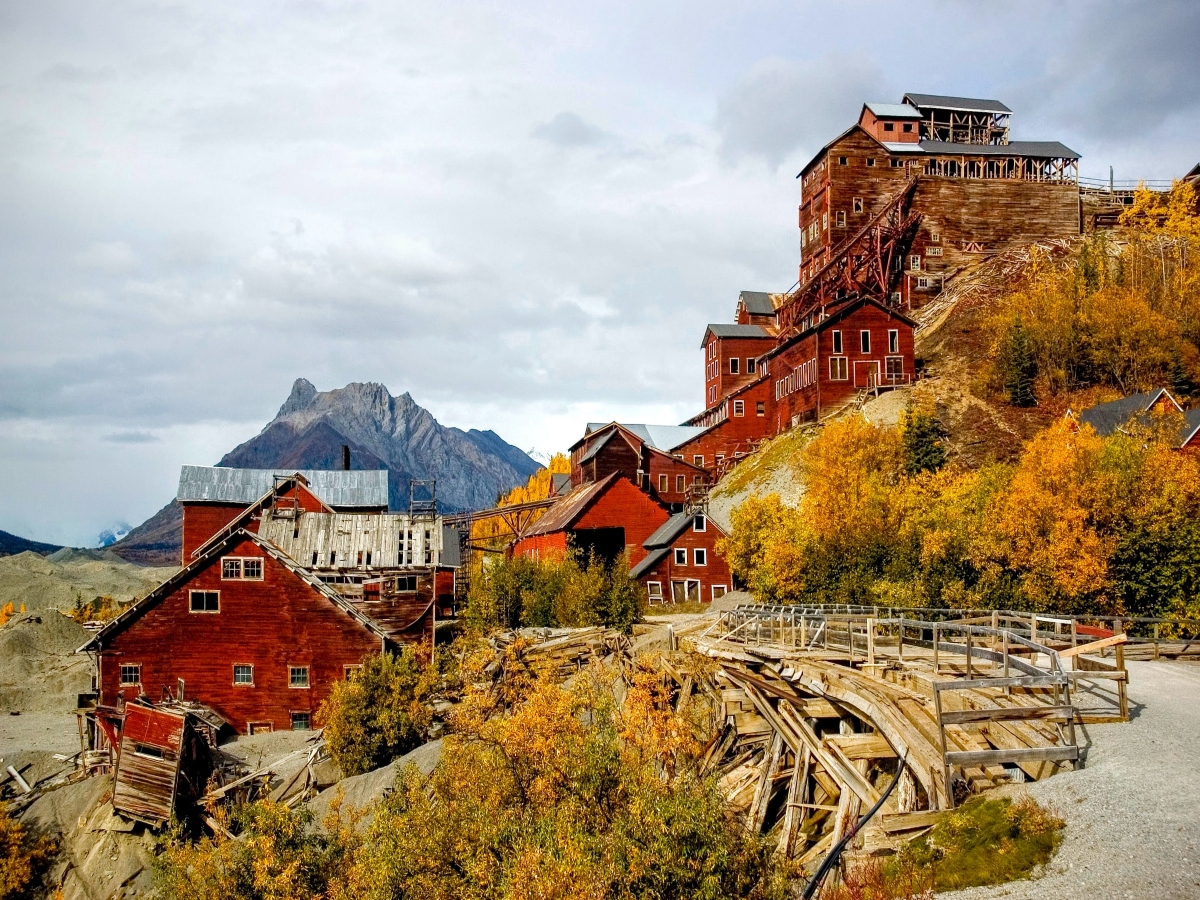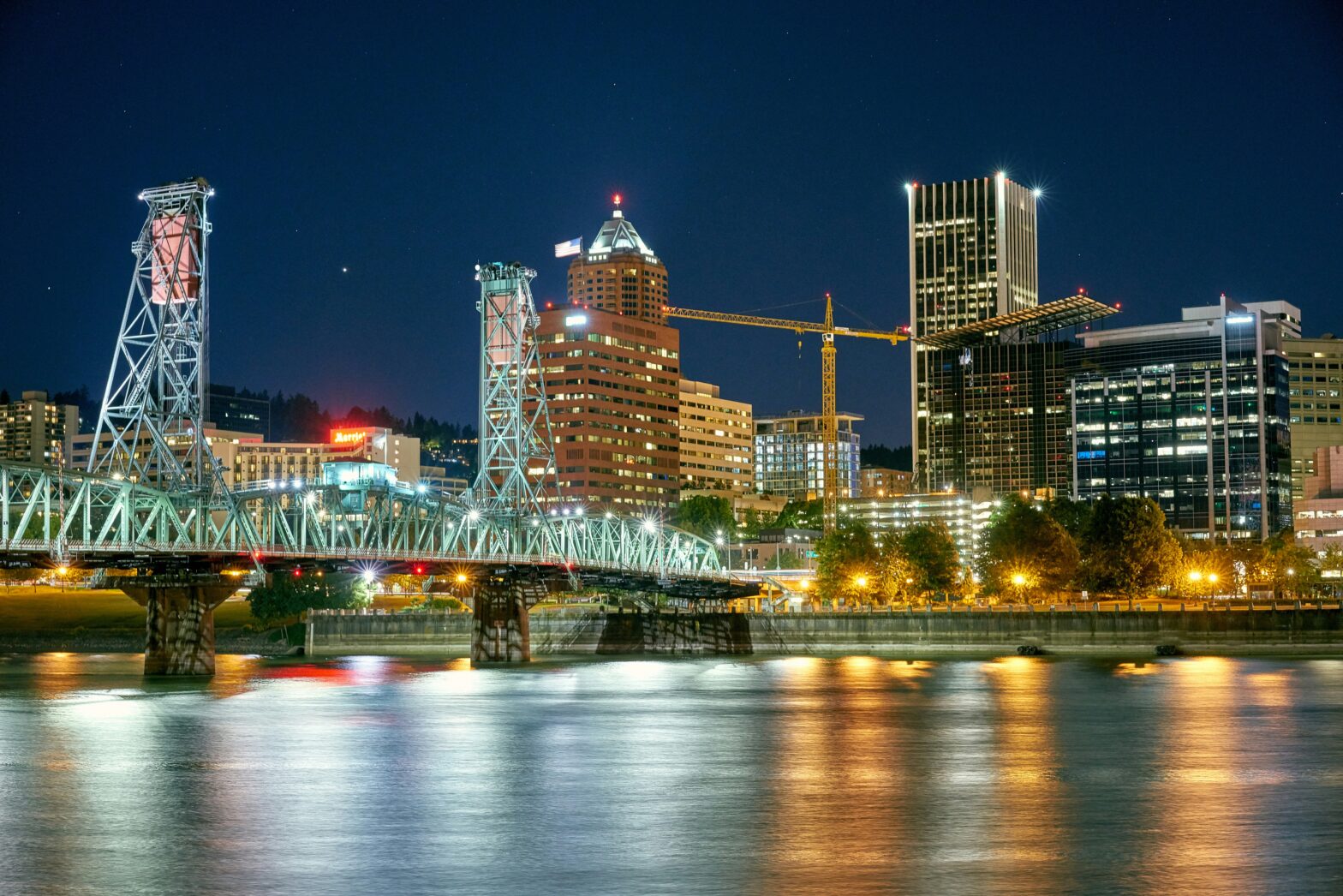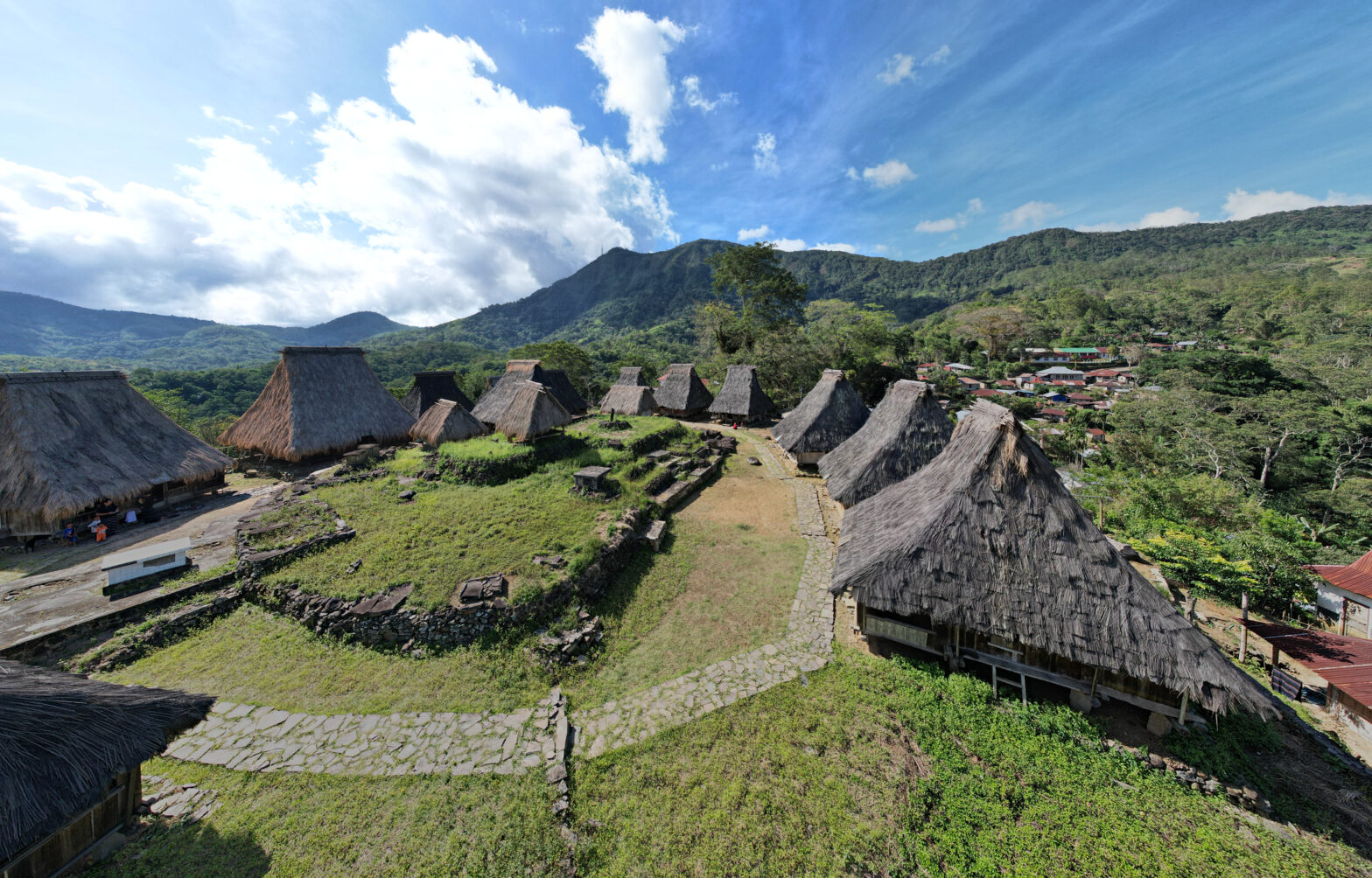The echo of footsteps on deserted streets, the whispers of forgotten stories, and the eerie charm of dilapidated buildings are the haunting hallmarks of ghost towns. But in recent years, these once-abandoned places have been experiencing a revival, not as relics of the past but as vibrant destinations for sustainable tourism.
The Resurrection Of Abandoned Relics
With their crumbling facades and desolate landscapes, ghost towns have always held a peculiar allure. Their histories entice inquisitive minds, regardless of whether these communities perished due to economic downturns, natural catastrophes, or the passage of time.
Now, they’re getting a second chance at life, thanks to the efforts of preservationists and entrepreneurs with a penchant for the unusual. One shining example of this revival is the town of Centralia, Pennsylvania. A once-thriving coal mining community, it was nearly obliterated by an underground coal mine fire that has been burning since 1962.
Today, Centralia is a unique tourist destination. Here, visitors can witness the weird spectacle of smoke billowing from fissures in the earth. It’s a modern-day Pompeii, a stark reminder of the consequences of industrialization. It is also an unexpected draw for those seeking something out of the ordinary.
Sustainable Revival
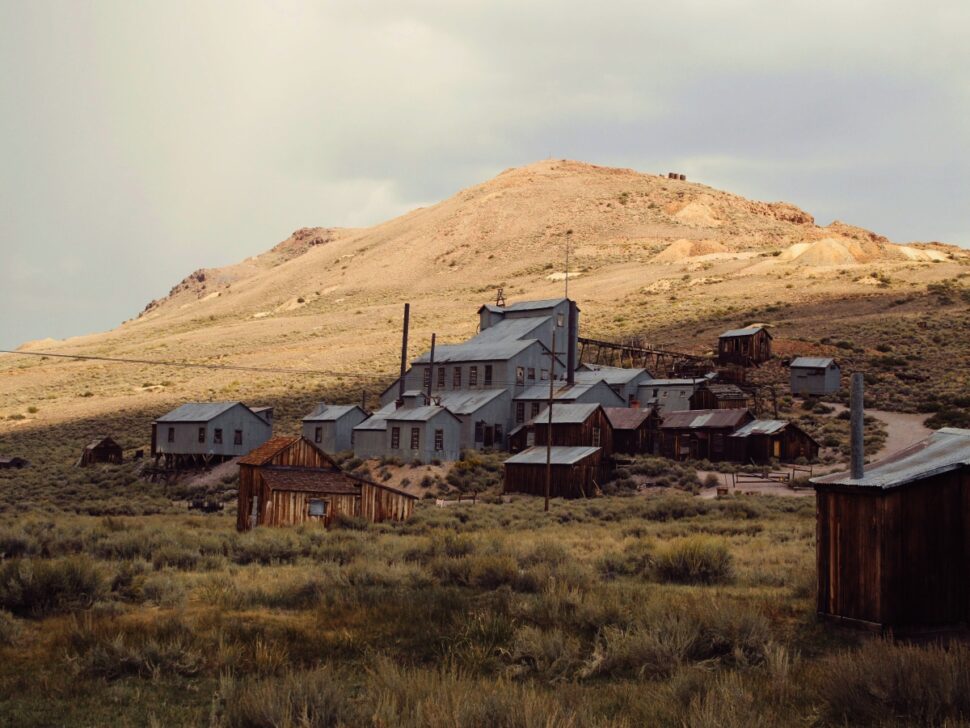
But it’s not just about rekindling the past; it’s about doing it sustainably. Reviving ghost towns involves striking a delicate balance between preserving their historical integrity and providing meaningful experiences for visitors.
Local communities, preservation societies, and eco-conscious entrepreneurs are leading the way to ensure these places thrive without compromising their authenticity. Take the case of Bodie, California, a well-preserved gold mining town frozen in time since its decline in the early 20th century.
Bodie State Historical Park welcomes visitors to stroll through its dusty streets and peer through windows into the past. However, strict regulations and conservation efforts ensure that Bodie is always in a state of arrested decay, preserving its haunting charm while safeguarding its fragile structures.
The Art of Restoration
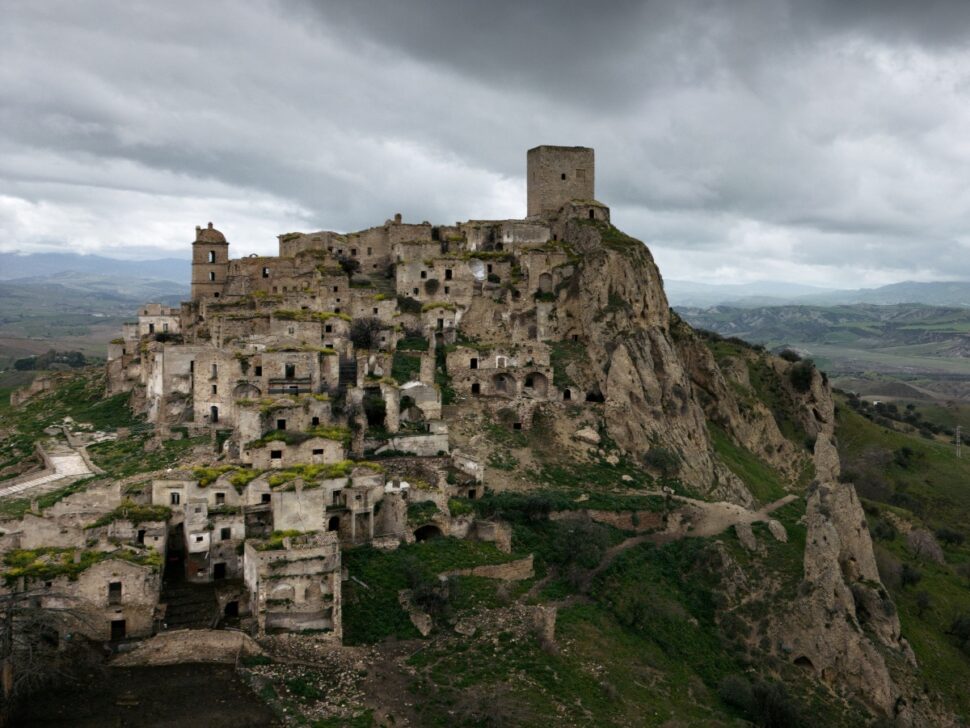
Restoration is at the heart of reviving ghost towns, but it’s a fine art. Many of these towns have found innovative ways to breathe life back into their weathered bones. Artists and entrepreneurs are moving in, giving old buildings new purpose and turning ghost towns into cultural hubs. Once a copper mining hub, Jerome, Arizona, has experienced a remarkable transformation.
Today, it’s an arts community where galleries and shops occupy historic buildings. Strolling down Jerome’s streets, you can’t help but feel inspired by the fusion of history and creativity. It demonstrates what is possible when preservation and entrepreneurship come together. Another example is Craco, a medieval hilltop town in the Basilicata region of southern Italy. It was founded in the 8th century and grew into a flourishing agricultural and religious center. However, in the 20th century, the town suffered from a series of natural disasters, such as landslides, floods, and earthquakes, which made it unsafe and unstable.
The final inhabitants departed the settlement in 1991 after a lengthy evacuation. Now recognized as a cultural and adventure tourism hotspot, the town is also a UNESCO World Heritage Site. Visitors can admire the stunning views of the surrounding countryside and the impressive ruins of the city. Craco has also served as a filming site for movies, including Quantum of Solace and The Passion of the Christ.
Responsible Exploration
While the allure of ghost towns is undeniable, it’s essential to approach them with responsibility and respect. Local or national authorities protect many of these sites, and adhering to their guidelines is crucial.
Leave no trace, resist the temptation to steal souvenirs, and support the local economy by purchasing handmade crafts or dining in the town’s restaurants. Sustainable tourism ensures that these towns remain preserved for future generations to explore and appreciate.
